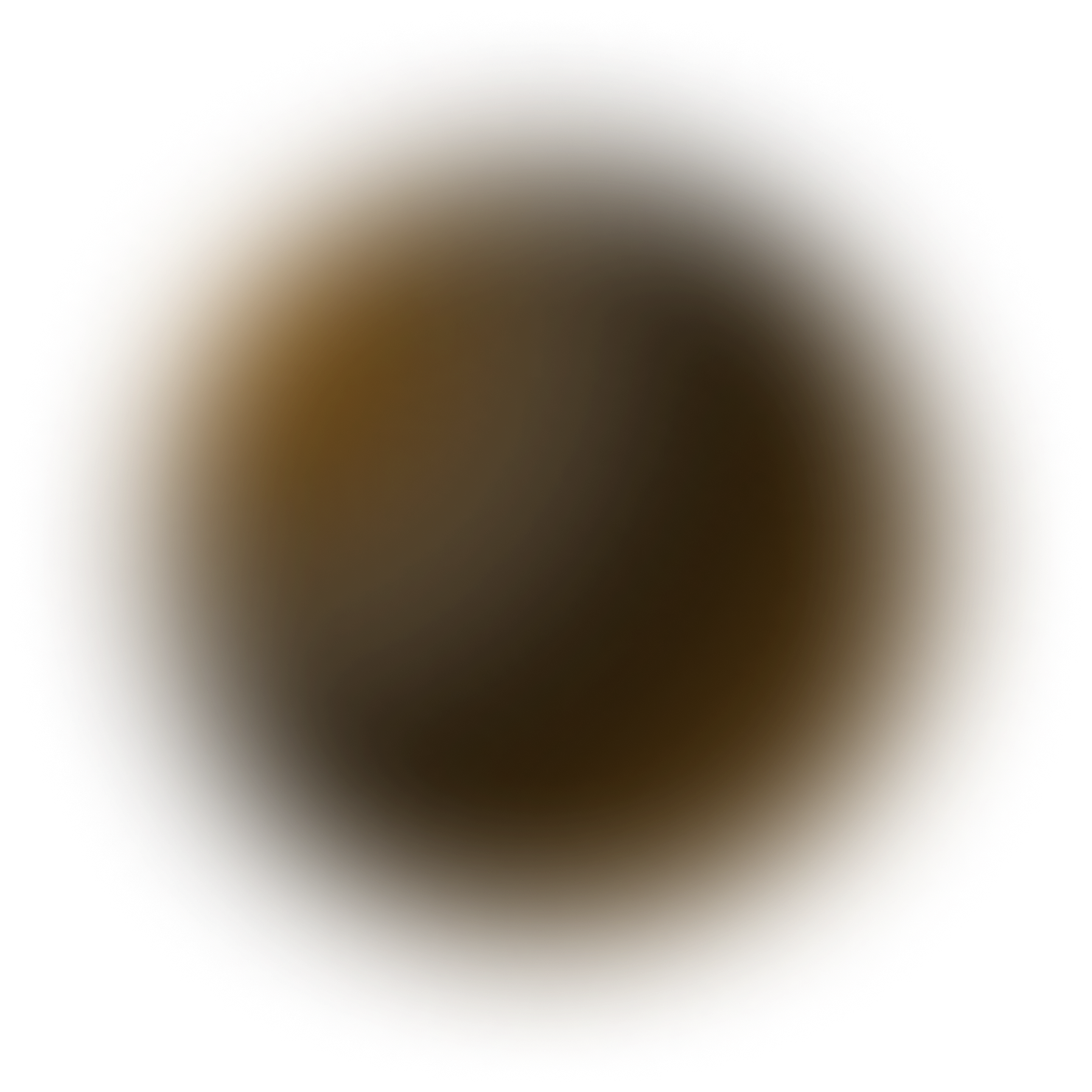
Chia seed pudding (1 piece)
Breakfast
117 mg/dL
avg. peak value
Usually causes a medium spike
Avg. Food Score on Ultrahuman App
Ultrahuman Users got an UNSTABLE response
How to consume Chia Seed Pudding without glucose spikes
Portion Control
Start by reducing the amount of chia seed pudding you eat in one sitting. Smaller portions can help prevent a significant glucose spike.
Add Protein
Incorporate a source of protein such as Greek yogurt or a scoop of protein powder into your chia pudding. Protein slows down the absorption of sugar.
Include Healthy Fats
Mix in a small amount of nuts or seeds, like almonds or walnuts, to add healthy fats that can help stabilize blood sugar levels.
Opt for Low-Sugar Sweeteners
If you sweeten your chia pudding, consider using natural sweeteners that have a minimal impact on blood sugar, such as stevia or monk fruit.
Incorporate Fiber-Rich Foods
Top your pudding with fiber-rich fruits like berries, which help slow down the absorption of sugar.
Balance with Protein-Rich Toppings
Add toppings like unsweetened coconut flakes or a dollop of nut butter to further balance your meal.
Pre-Meal Hydration
Drink a glass of water before eating the pudding. This can help with digestion and may contribute to reducing the glucose spike.
Pair with a Salad
Have a small side salad with leafy greens and a light vinaigrette. The additional fiber and nutrients can help manage glucose levels.
Mindful Eating
Eat slowly and mindfully, savoring each bite. Slower eating can help with digestion and glucose management.
Exercise Post-Meal
Engage in light physical activity, like a short walk, after eating to help your body use up some of the glucose.

Discover
metabolic
health with M1
Ultrahuman M1 helps you measure the impact of food and activity on your body in real time through glucose as a biomarker.
Explore Ultrahuman M1Find Glucose response for your favourite foods
Explore OGDbYour cart is empty
Browse through our products and find something for you.
